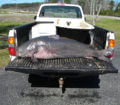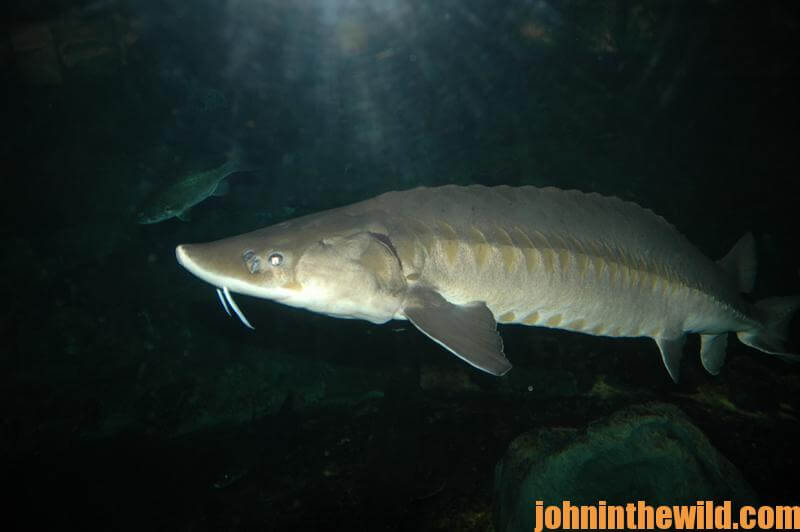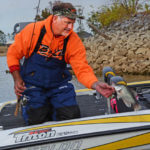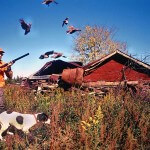John’s Note: When you think of freshwater fish, anything over 10 pounds usually is considered big – very big. But, there are five real giants, topping or approaching the 100-pound mark, that lurk in the depths of America’s freshwater lakes and rivers. Here’s what they are, where they live, and how you can do battle with them.
Sturgeons (Acipenseridae) live in the oceans and freshwater rivers in the Northern Hemisphere with 7 of the 16 species found in the U.S. This primitive fish, which was widely distributed in early geological history, is slow-moving and today lives 75 years or more. Closed to fishing by some conservation departments due to a decline in the fishery, sturgeon in other countries are sought for their roe to make caviar. The beluga sturgeons in the Caspian, Black and Mediterranean seas’ area may reach 2,500 pounds, but the U.S. record is 407 pounds taken in the Sacramento River in California.
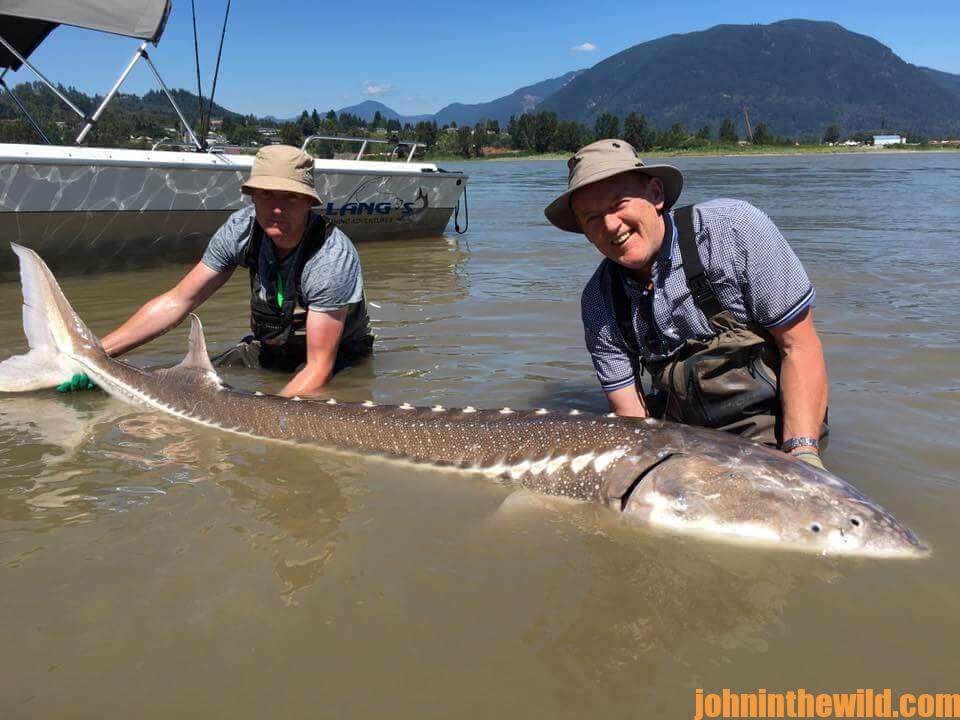 The sturgeon has several odd characteristics that make it stand out in a crowd, including a head covered with bony plates and four barbels in front of its mouth that are highly sensitive that the sturgeon drags on or near the bottom to locate crustaceans and the fish it eats. When the sturgeon does find food, it quickly protrudes a tube-like mouth and sucks up the food. These freshwater monsters, normally 3-8 feet in length, may grow-up to a 12-foot maximum. They are a good protein source. Smoked sturgeon is considered a gourmet delicacy.
The sturgeon has several odd characteristics that make it stand out in a crowd, including a head covered with bony plates and four barbels in front of its mouth that are highly sensitive that the sturgeon drags on or near the bottom to locate crustaceans and the fish it eats. When the sturgeon does find food, it quickly protrudes a tube-like mouth and sucks up the food. These freshwater monsters, normally 3-8 feet in length, may grow-up to a 12-foot maximum. They are a good protein source. Smoked sturgeon is considered a gourmet delicacy.
The sturgeon is taken on heavy spinning or surf-tackle rods, and it likes nightcrawlers, clams, lampreys, scraps of meat and cut bait of fish or suckers. Apalachicola River residents in Florida take many sturgeons with dried river moss/algae. About 1-dozen Facebook groups are devoted to sturgeon fishing, and on the internet there are more than a dozen listed guides for sturgeon fishing, mainly in the Pacific Northwest.
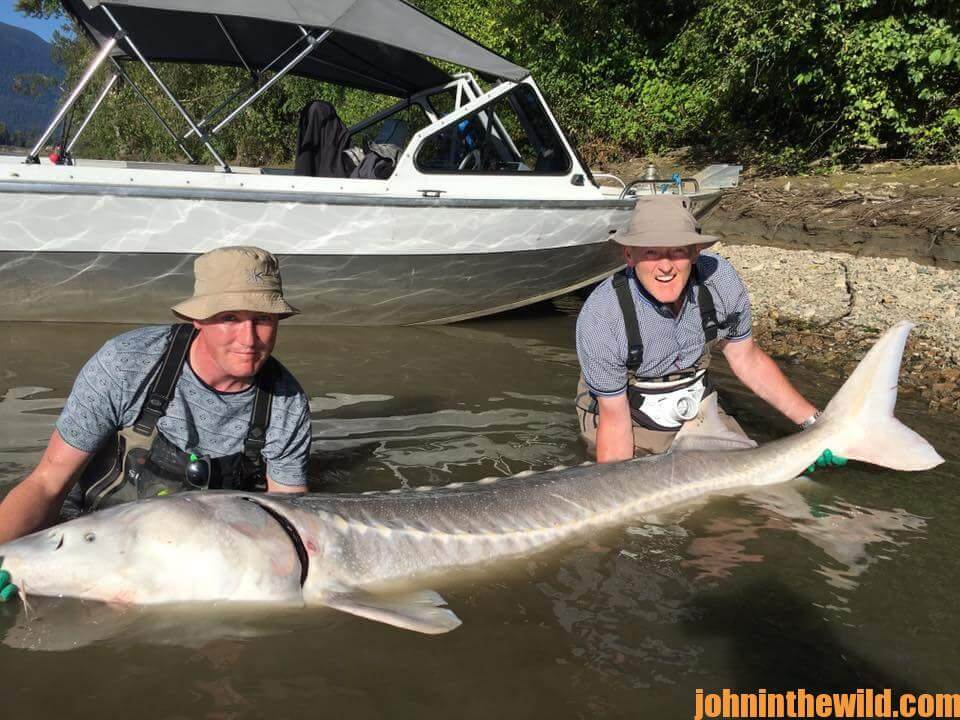 So, there you have the listing of real, actual freshwater “monsters” you can catch on hook and line. All of these species have been reported to near or exceed 100 pounds in weight, and in freshwater that’s big! If you decide to give freshwater big game fishing a try, beware – some dark night you even may catch the creature from the Black Lagoon.
So, there you have the listing of real, actual freshwater “monsters” you can catch on hook and line. All of these species have been reported to near or exceed 100 pounds in weight, and in freshwater that’s big! If you decide to give freshwater big game fishing a try, beware – some dark night you even may catch the creature from the Black Lagoon.
Editor’s Note: Due to very specific regulations of trotline, set-poles, jugs, etc. anyone who wishes to participate in recreational fishing by these methods is strongly advised to first familiarize themselves with the state fishing regulations dealing with these specific techniques.
To learn more about fishing, you can get John E. Phillips’ eBooks and print books at www.amazon.com/author/johnephillips or at www.barnesandnoble.com.

